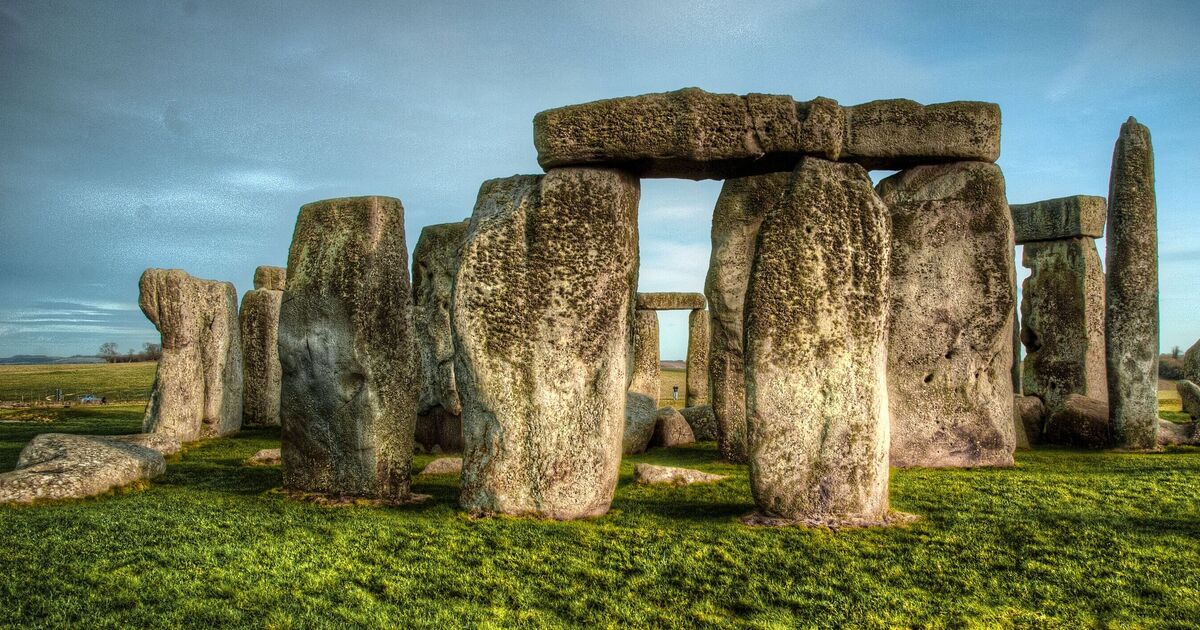One of the biggest archaeological puzzles in British history may have finally been solved, as scientists reveal new evidence confirming how Stonehenge’s iconic bluestones arrived on Salisbury Plain more than 5,000 years ago. A new study, led by Professor Richard Bevins of Aberystwyth University, has concluded that the smaller stones used in the monument, known as bluestones, were not transported by ancient glaciers, but by human hands, over 125 miles from Wales.
The findings centre around the “Newall boulder,” a stone roughly the size of a football, discovered during excavations at Stonehenge in the 1920s. Using advanced geochemical and microscopic analysis, researchers compared the boulder to samples taken from Craig Rhos-y-Felin, a rocky outcrop in north Pembrokeshire, Wales, long suspected to be the source of some of Stonehenge’s stones.
Their analysis revealed an exact geochemical match, with identical levels of thorium and zirconium, strongly indicating the boulder was intentionally quarried and transported by Neolithic communities around 3000 BCE.
“This study closes the door on the glacial transport theory,” the researchers wrote in the Journal of Archaeological Science.
“There is no evidence of glacial deposits across Salisbury Plain, and no similar stone fragments have been found elsewhere in the region, only at Stonehenge.”
The glacial theory, proposed most notably by geologist Dr Brian John, suggested that glaciers carried the stones from Wales during the last Ice Age.
But the new study asserts that surface markings previously believed to be glacial abrasion are more likely the result of natural weathering or ancient human handling.
Stonehenge’s construction involved moving not only the bluestones from Wales, weighing up to 3.5 tonnes, but also sarsen stones, some weighing over 20 tonnes, from nearby West Woods, Wiltshire.
One particularly mysterious stone, the “Altar Stone,” is believed to have originated as far as 750km away in Scotland.
Researchers say the feat of transporting such stones using Neolithic technology, including ropes, wooden sledges, and trackway, is entirely feasible and mirrors techniques still used by some indigenous communities today.
While the precise purpose of Stonehenge remains a subject of debate, with theories ranging from astronomical observatory to ceremonial gathering site, this breakthrough provides compelling evidence that the monument’s builders intentionally sourced and moved its stones to create what remains one of the most iconic prehistoric sites in the world.
Professor Bevins and his team said: “The evidence overwhelmingly supports a human effort in transporting these stones.
“Stonehenge is a testament to the determination and unity of Britain’s Neolithic communities, and it remains one of the greatest feats of prehistoric engineering.”

